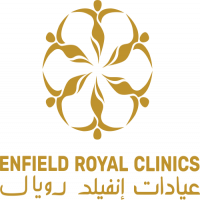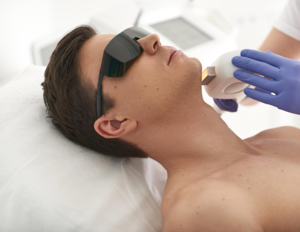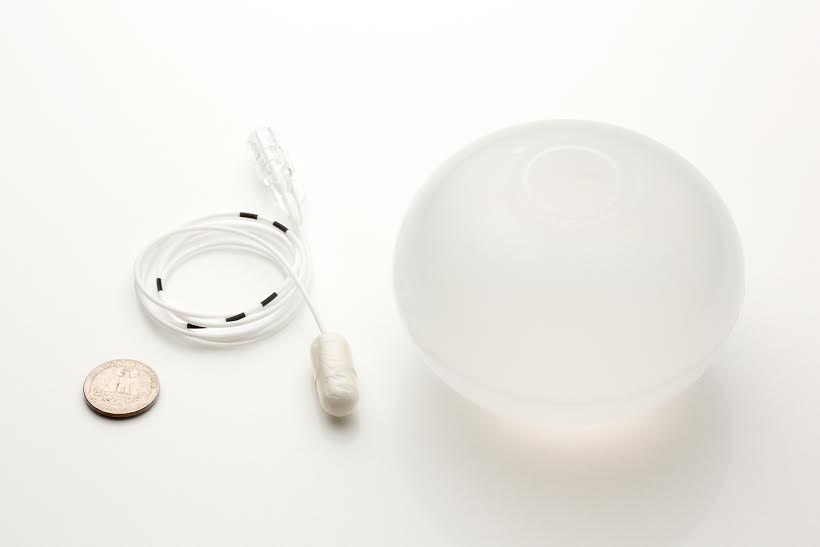What Are the Different Techniques for Harvesting Hair Follicles?

Strong8k brings an ultra-HD IPTV experience to your living room and your pocket.
Hair transplantation has become a popular solution for those experiencing hair loss or thinning hair. Central to the success of this procedure is the technique used for harvesting hair follicles. The choice of harvesting method can significantly influence the outcome, recovery time, and overall patient satisfaction. In this article, we will explore the various techniques for Beard Hair Transplant in Dubai, their advantages, and potential drawbacks.
Understanding Hair Follicle Harvesting
What is Hair Follicle Harvesting?
Hair follicle harvesting involves extracting hair follicles from a donor area (usually the back of the scalp) and transplanting them to the areas experiencing hair loss. The harvested follicles must be handled carefully to ensure their survival and viability when implanted.
Importance of the Harvesting Technique
The harvesting technique directly impacts:
Hair Quality: The quality of the extracted hair follicles affects the final results of the transplant.
Scarring: Different techniques produce varying levels of scarring, which can be a concern for patients.
Recovery Time: Some techniques require more recovery time than others, impacting the patient’s return to normal activities.
Common Techniques for Harvesting Hair Follicles
1. Follicular Unit Extraction (FUE)
Overview: FUE is one of the most popular hair transplant techniques today. It involves extracting individual hair follicles from the donor area using a specialized tool.
How It Works: A small circular punch tool (usually 0.7mm to 1mm in diameter) is used to remove hair follicles from the scalp. This process is repeated until the desired number of follicles is collected.
Advantages:
Minimal Scarring: FUE leaves tiny dot-like scars, which are often less noticeable than traditional methods.
Quicker Recovery: Patients usually experience faster recovery times and can return to normal activities sooner.
Flexibility: FUE can be performed on various donor areas, including the beard, chest, or legs.
Drawbacks:
Time-Consuming: The process can be lengthy, especially for larger areas of hair loss, as each follicle is extracted individually.
Higher Cost: FUE is generally more expensive than other methods due to the time and technology involved.
2. Follicular Unit Transplantation (FUT)
Overview: FUT, also known as the strip method, involves removing a strip of scalp from the donor area and then dissecting it into individual follicular units.
How It Works: A strip of skin containing hair follicles is surgically removed from the back of the scalp. The strip is then divided into smaller units under a microscope, allowing for precise transplantation into the balding areas.
Advantages:
Larger Grafts: FUT allows for the extraction of a larger number of follicles in a single session, making it suitable for extensive hair loss.
Cost-Effective: This method is often less expensive than FUE due to the efficiency of harvesting multiple follicles at once.
Drawbacks:
Scarring: FUT leaves a linear scar at the donor site, which may be noticeable if the hair is cut very short.
Longer Recovery Time: The recovery period can be longer compared to FUE due to the surgical nature of the procedure.
3. Direct Hair Implantation (DHI)
Overview: DHI is a variation of the FUE technique that allows for the simultaneous extraction and implantation of hair follicles.
How It Works: Using a specialized tool called a Choi pen, hair follicles are extracted and directly implanted into the recipient area without the need for creating recipient sites beforehand.
Advantages:
Less Trauma: The method minimizes trauma to the scalp, promoting faster healing and reducing swelling.
Higher Precision: The direct implantation allows for greater control over the angle and direction of hair growth, enhancing the natural look.
Drawbacks:
Cost: DHI can be more expensive than other methods due to the specialized tools and training required.
Skill-Dependent: The success of DHI is highly dependent on the surgeon’s skill and experience.
4. Robotic Hair Transplantation
Overview: This advanced technique utilizes robotic systems to assist in the FUE process, enhancing precision and efficiency.
How It Works: The robotic system identifies and extracts hair follicles with minimal human intervention. It maps the donor area and extracts follicles using advanced algorithms.
Advantages:
High Precision: The robotic system can achieve a high level of accuracy, reducing the risk of follicle damage.
Reduced Fatigue: The robotic system alleviates some of the physical strain on the surgeon, allowing for longer procedures without compromising quality.
Drawbacks:
Cost: Robotic hair transplantation is generally more expensive than manual methods.
Availability: Not all clinics offer robotic hair transplantation, limiting options for some patients.
5. Scalp Micro-Pigmentation (SMP)
Overview: While not a traditional hair transplant technique, SMP is worth mentioning as it can create the illusion of a fuller head of hair.
How It Works: SMP involves tattooing small dots of pigment onto the scalp, mimicking the appearance of hair follicles.
Advantages:
Non-Invasive: SMP is a non-surgical option for those looking to enhance the appearance of thinning hair.
Immediate Results: Patients can see results immediately after the procedure.
Drawbacks:
Temporary Solution: The effects may fade over time, requiring touch-ups.
Not Suitable for All: SMP is not a replacement for actual hair and may not suit those seeking significant hair restoration.
Factors Influencing the Choice of Technique
1. Degree of Hair Loss
The extent of hair loss is a crucial factor in determining which harvesting technique is most suitable. For larger areas of thinning hair, FUT may be more efficient, while FUE and DHI can be beneficial for smaller areas.
2. Hair Type and Texture
Different hair types and textures may respond better to specific harvesting techniques. For instance, curly hair might require more precision during extraction to avoid damage.
3. Patient’s Goals and Expectations
Understanding what the patient hopes to achieve with the procedure can help guide the choice of technique. Some may prioritize minimal scarring, while others may focus on the number of grafts harvested.
4. Budget
Cost considerations often play a significant role in the decision-making process. Patients must weigh the benefits of each technique against their financial constraints.
Conclusion
Choosing the right technique for harvesting hair follicles is crucial for the success of a hair transplant. Each method, from FUE and FUT to DHI and robotic transplantation, offers distinct advantages and disadvantages. Understanding these techniques and considering factors such as hair loss extent, hair type, patient goals, and budget can help individuals make informed decisions about their hair restoration journey. Consulting with a qualified hair transplant specialist is essential to determine the most suitable method tailored to individual needs, ensuring optimal results and satisfaction.
Note: IndiBlogHub features both user-submitted and editorial content. We do not verify third-party contributions. Read our Disclaimer and Privacy Policyfor details.







